25 'superfoods' you should be eating more of right now
There is no legal or medical definition for what counts as a 'superfood', but that doesn't mean the term is bogus

Your support helps us to tell the story
From reproductive rights to climate change to Big Tech, The Independent is on the ground when the story is developing. Whether it's investigating the financials of Elon Musk's pro-Trump PAC or producing our latest documentary, 'The A Word', which shines a light on the American women fighting for reproductive rights, we know how important it is to parse out the facts from the messaging.
At such a critical moment in US history, we need reporters on the ground. Your donation allows us to keep sending journalists to speak to both sides of the story.
The Independent is trusted by Americans across the entire political spectrum. And unlike many other quality news outlets, we choose not to lock Americans out of our reporting and analysis with paywalls. We believe quality journalism should be available to everyone, paid for by those who can afford it.
Your support makes all the difference.Ever wondered what people mean when they say you should eat more superfoods?
You're not alone. As it turns out, there's no legal or medical definition for what counts as a "superfood." Nutritionists and public-health experts rarely use the term.
But that doesn't mean it's completely bogus. In fact, there is some scientific basis for calling a food "super."
According to the CDC, which published a ranking of what it called "powerhouse" foods in 2014, these types of fruits and veggies pack a lot of key nutrients into each calorie and are linked with a reduced risk of chronic disease. Studies also suggest that people who eat more of them tend to be thinner and live longer than those who rarely or never eat them.
Here are the CDC's top 25, along with how they came up with their definition of "powerhouse" food:
No. 25: Cabbage
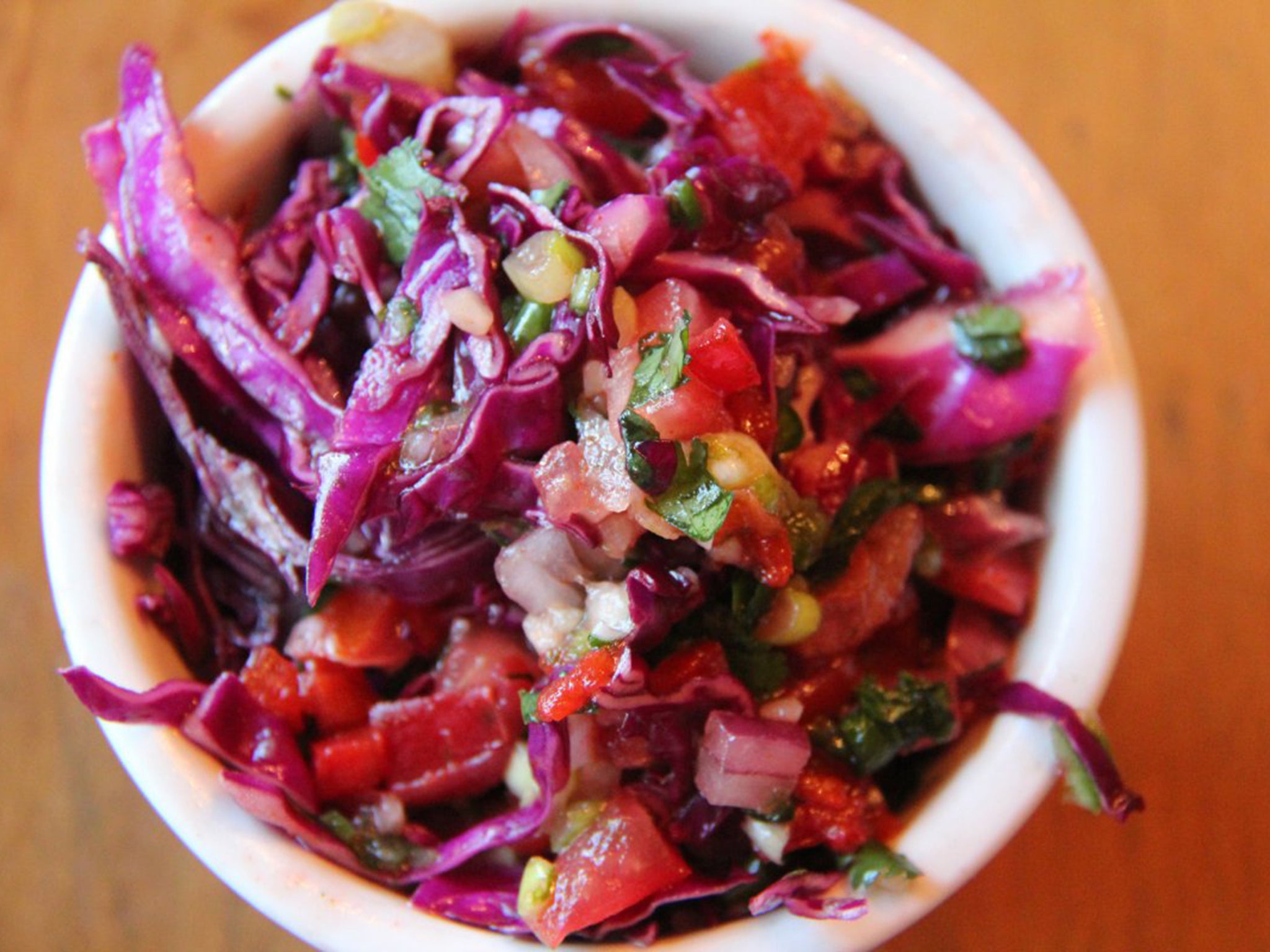
The author of the CDC's "powerhouse" ranking, sociologist and public-health expert Jennifer Di Noia, ranked the selections based on nutrient density, or how much good stuff (vitamins, fiber, protein, etc.) gets packed into each bite of a particular food.
Cabbage and its cousin Chinese cabbage (which ranked even higher at No. 2) made the cut because they're good sources of calcium, iron, fiber, folate, and vitamins, and they're both very low in calories — 22 for a cup of the regular variety served raw and 9 for a cup of the Chinese variety served raw.
No. 24: Cauliflower
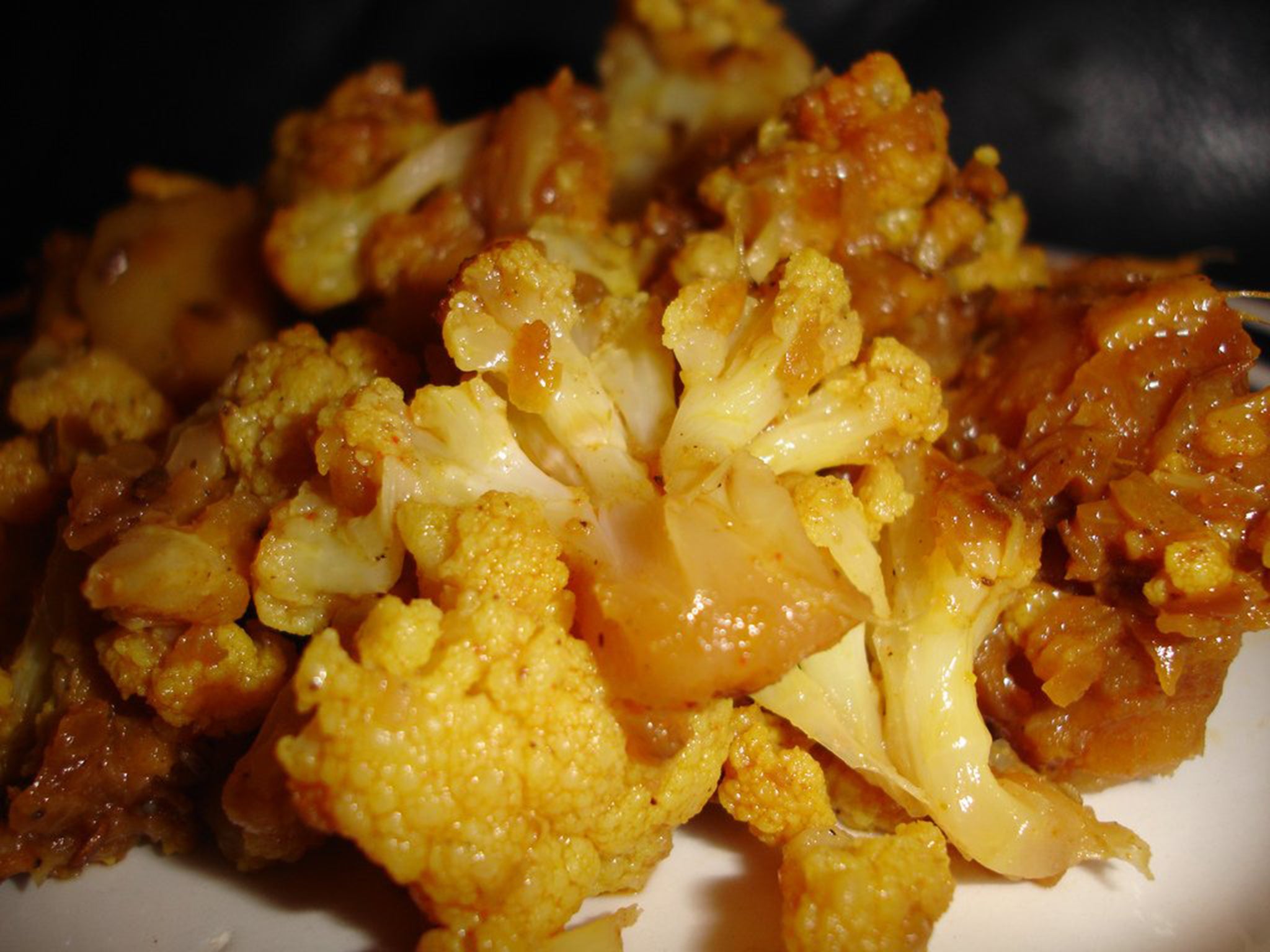
When looking at nutrient density, Di Noia focused on 17 nutrients, including:
- Potassium: a key mineral that helps nerves and muscles communicate and may help offset some of sodium's harmful effects on blood pressure
- Fiber: important for digestion and to help us feel full
- Protein: critical for building and maintaining muscle
- Calcium: key to strong bones
- Iron: helps our muscles store and use oxygen
- Zinc: for a healthy immune system
- Vitamins A, B6, B12, C, D, E, and K
Cauliflower made the cut because it's rich in fiber and folate, vitamins B6, C, K, and potassium. A cup of chopped, raw cauliflower has just 27 calories, 3 grams of fiber, and 2 grams of protein. Toss some in your next curry.
No. 23: Kohlrabi
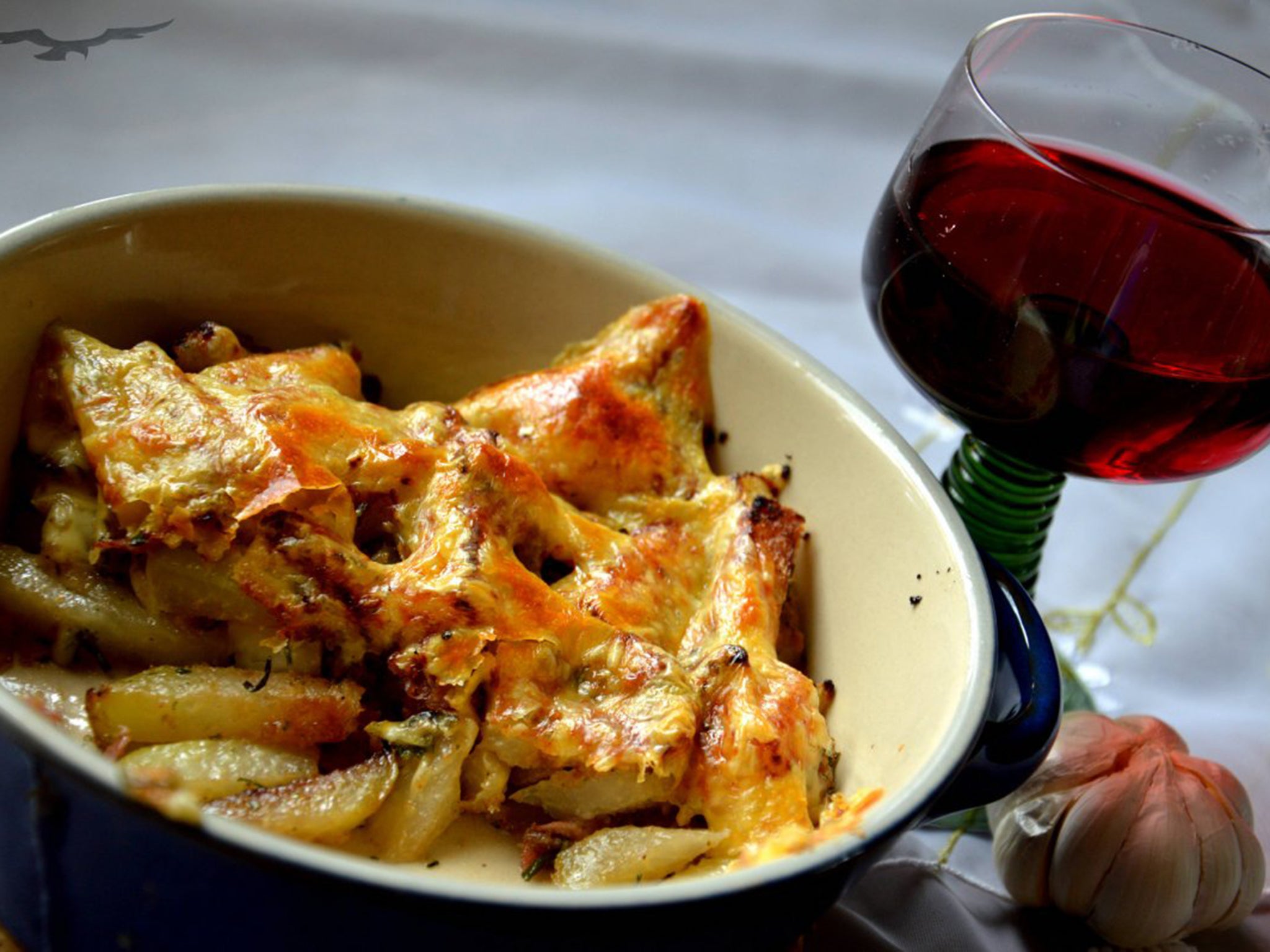
To make the cut, each food on Di Noia's list had to provide 10% or more of the daily value of those key nutrients. Lower-calorie foods got higher scores, as did foods with more "bioavailable" nutrients, or those that could be readily absorbed by the body.
Kohlrabi — aka that cream-colored veggie you've never heard of — is high in fiber, folate, vitamins C and B6, and potassium. A cup of it raw packs just 37 calories but a whopping 5 grams of fiber. Try it baked.
No. 22: Scallions
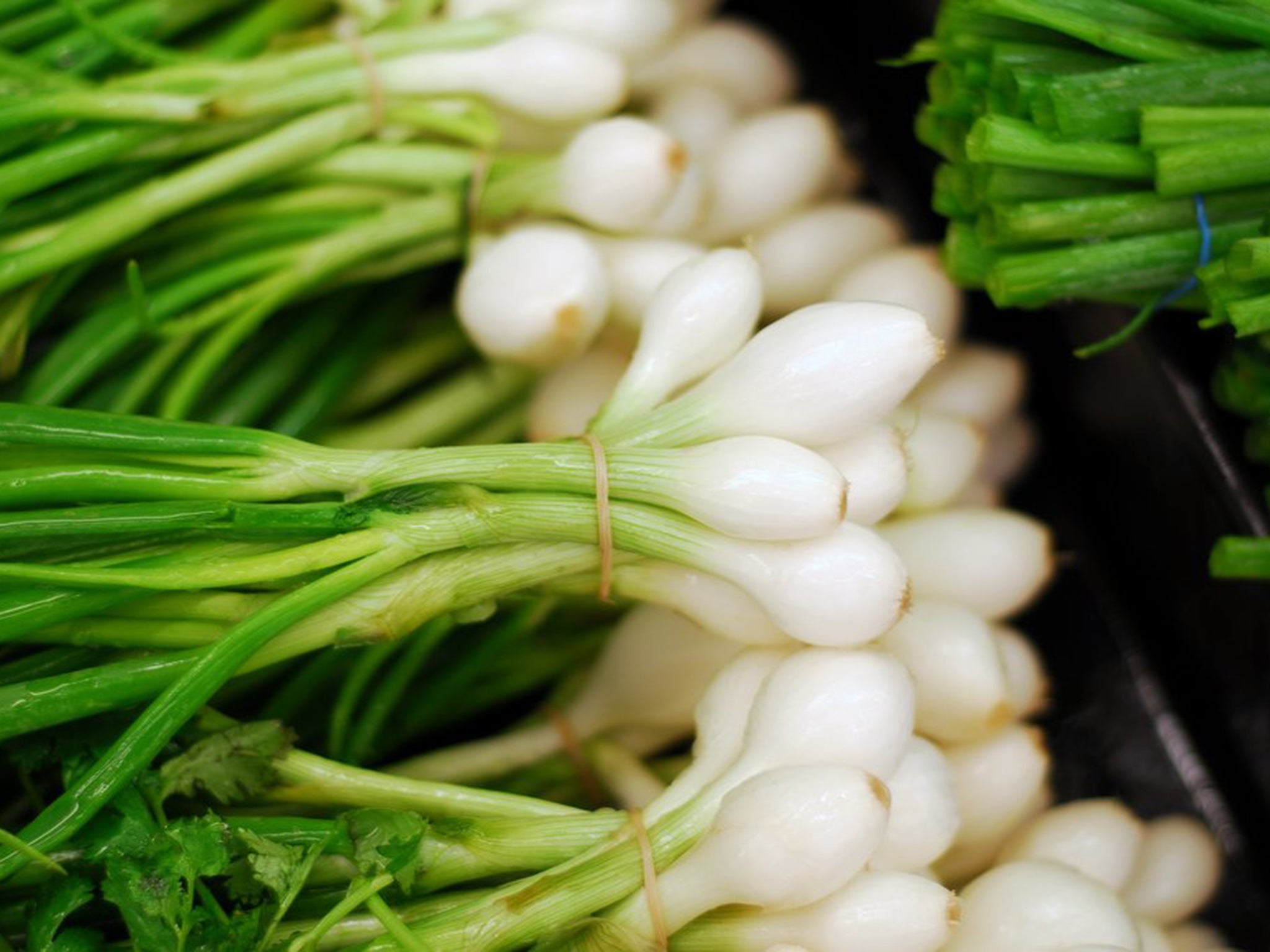
All of the "powerhouse" foods the CDC selected were described as either green and leafy, yellow or orange, citrus, or cruciferous. Scallions, known for their crunchy, powerful taste, were ranked No. 22 and are also low in calories (just 32 for a whole cup) but high in nutrients. Try chopping up a few and adding them to salads.
No. 21: Brussels sprouts
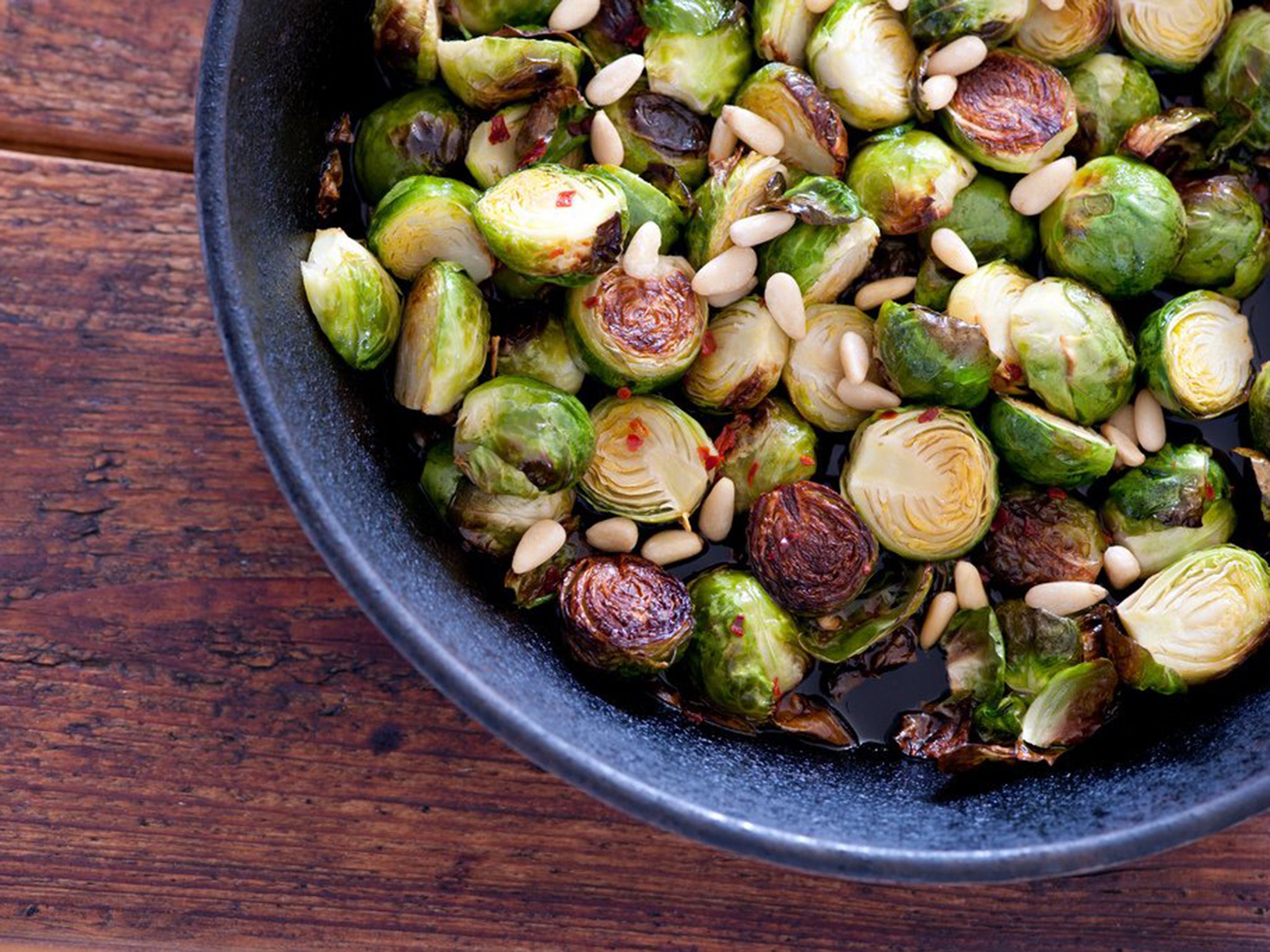
Not surprisingly, brussels sprouts — which look like miniature cabbages — are a member of the cabbage family. A 2011 study published in the Journal of Food Science notes that crunchy greens like brussels sprouts contain compounds called glucosinolates and isothiocyanates that may help reduce your risk of cancer.
Brussels sprouts are high in fiber, folate, vitamins A, C, K, and B6, iron, and potassium. A cup of them boiled is low in calories (around 56 calories) and has some protein too.
No. 20: Pumpkin
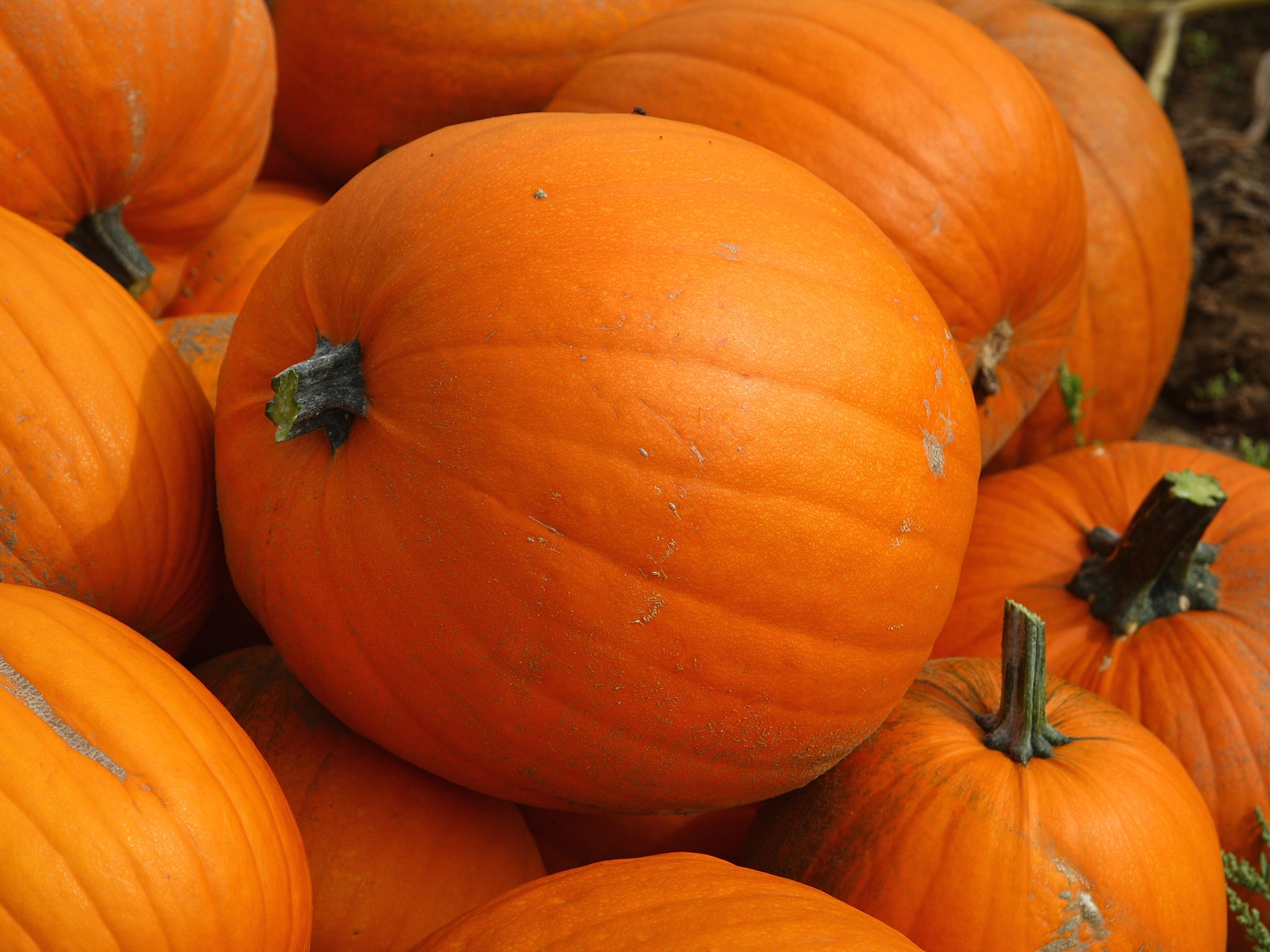
Pumpkins aren't just for carving on Halloween.
Their naturally deep yellowy-orange hue is a good indication of their richness in beta-carotene or vitamin A, which plays a key role in preserving our vision, especially at night. Plus, they're high in potassium (a cup of boiled, mashed pumpkin packs more than a banana), fiber, vitamins B6, C, E, and iron, and they can be baked into a yummy fall gratin.
No. 19: Broccoli
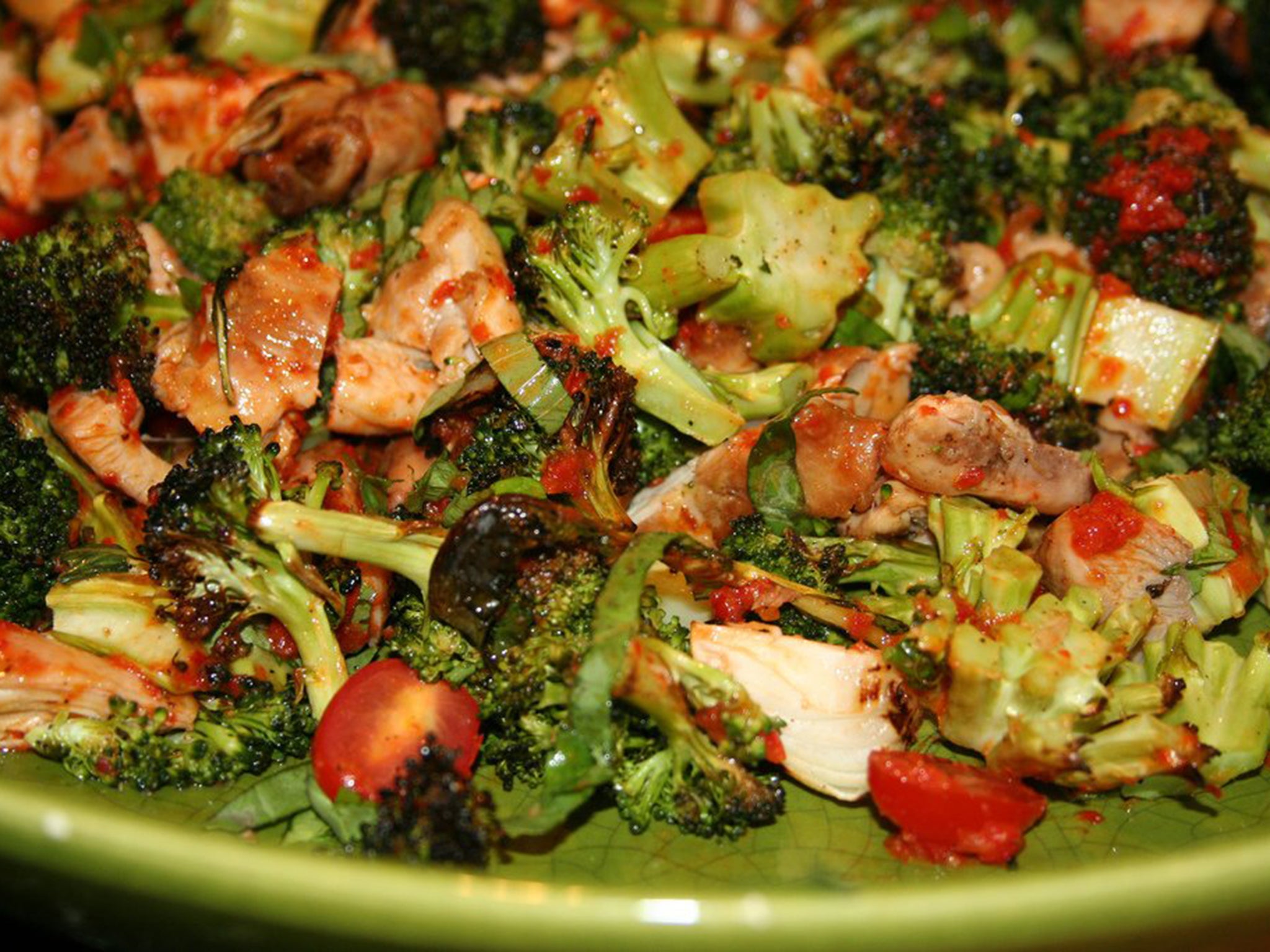
Tons of items on the CDC's list fall into a category called "cruciferous" (aka crunchy) veggies. Broccoli certainly fits into this category, and can be eaten raw or cooked. Several studies suggest a link between crunchy veggies like broccoli and a reduced risk of cancer and other chronic diseases.
Plus the miniature trees are high in vitamin C and folate, which is especially important for women who'd like to get pregnant one day. So try tossing a few stalks in your next stir-fry.
No. 18: Arugula

This spicy green is a delightful addition to a salad or pizza. Like its cousins broccoli and kale, arugula has many nutrients that have been linked to disease prevention and improved digestion. Plus, it's good source of zinc, calcium, and iron. Toss it on your next pizza.
No. 17: Red pepper
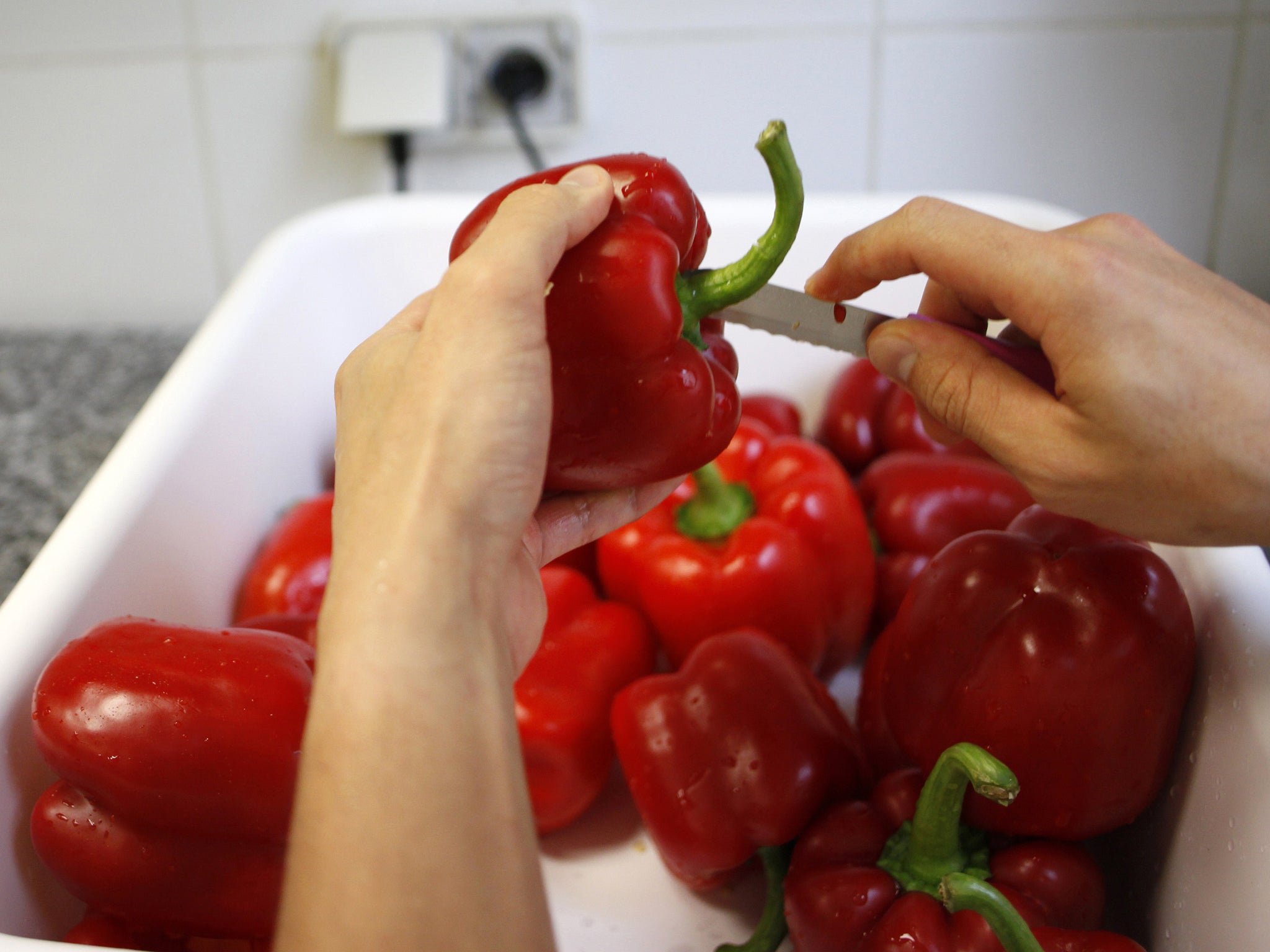
Red peppers made the CDC's "powerhouse" cut because they're a great source of vitamins A (a cup of them raw and chopped gives you nearly 100% of your daily allowance), C (a whopping 300% of your daily allowance), and B6. We love them in salads.
Nos. 16, 12, 11, 10, and 4: Greens, greens, and more greens
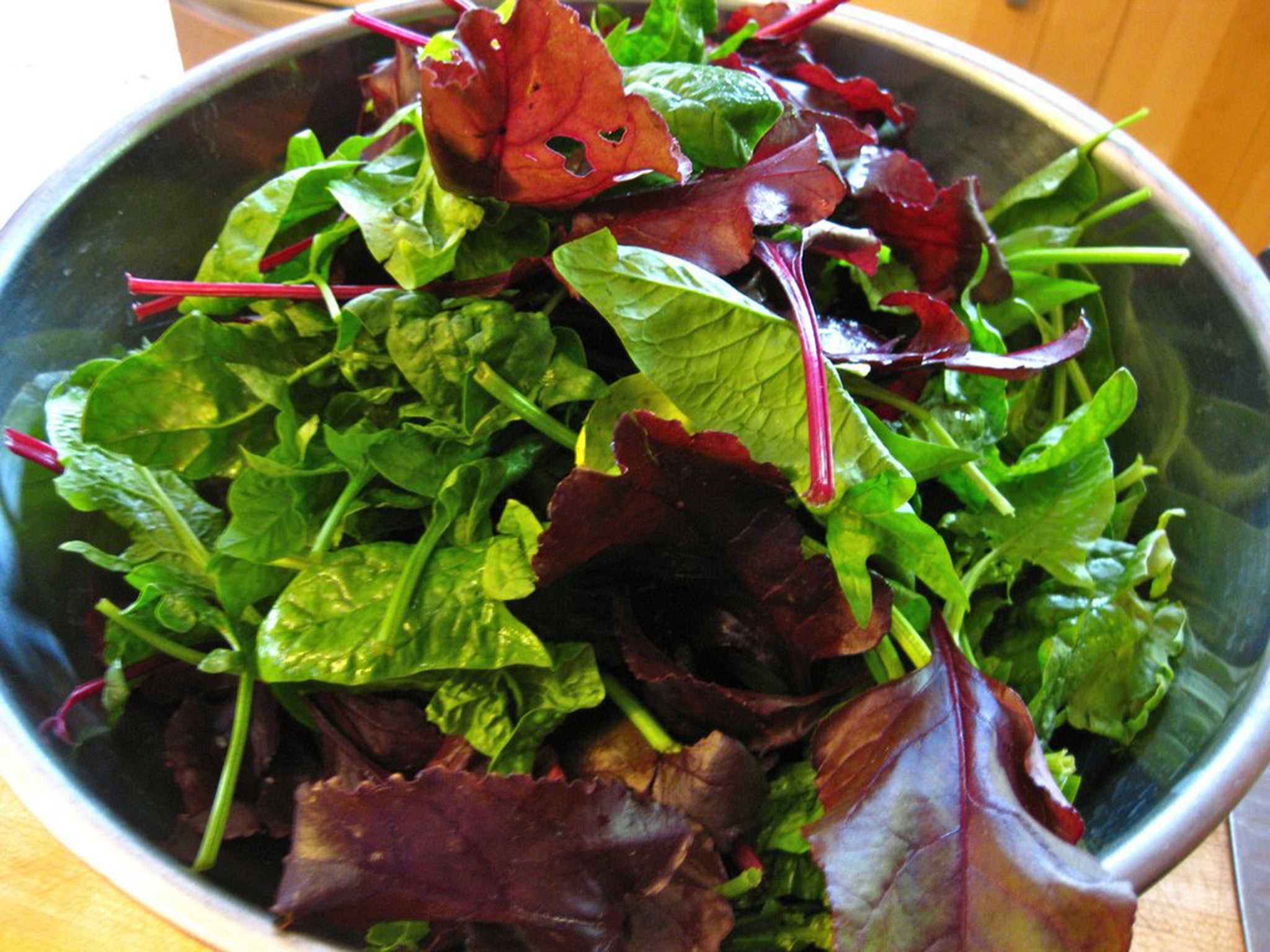
The CDC ranked dandelion greens at No. 16; mustard greens at No. 12; and turnip greens at No. 11. All three are high in fiber, folate, magnesium, vitamins A, B6, C, E, K, calcium, iron, and potassium.
Collard greens ranked even higher at No. 10 and beet greens nearly topped the charts at No. 4. Both of those are rich in all the other ingredients greens are famous for, plus zinc and protein.
Whip up a bowl of all five for a tasty salad, or cook the mustard and collard greens together for a delicious steamy side.
No. 15: Kale
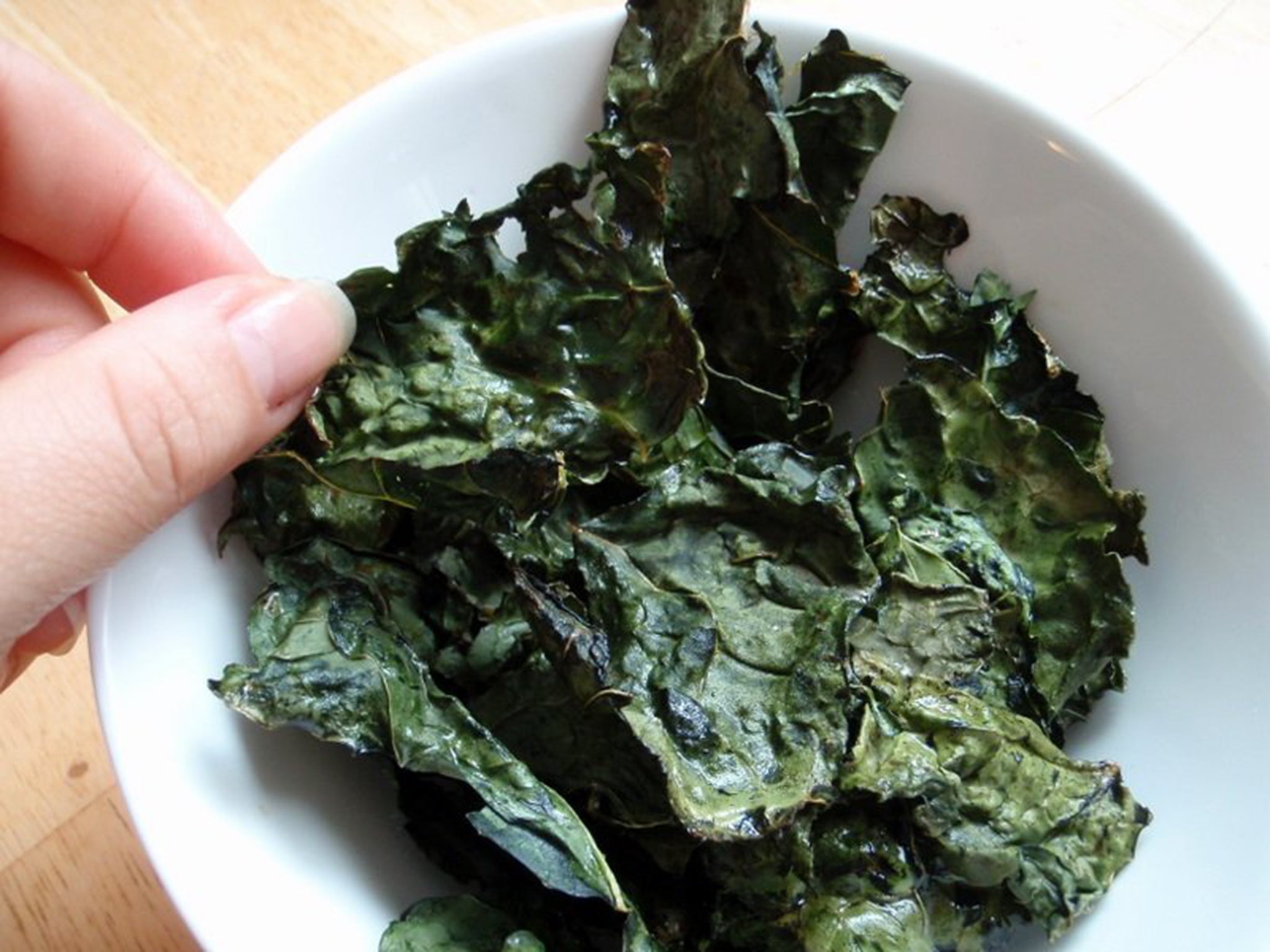
Sure, it's trendy now, but kale has been good for you since long before it was cool.
It's a member of the tocruciferous veggie family, which includes cabbage, broccoli, cauliflower, and brussels sprouts, and comes in many varieties including green, purple, smooth, and curly.
A cup of raw chopped kale gives you more than 200% of your daily allowance of vitamin A plus a whopping 684% of your allowance of vitamin K. It's also high in vitamins C, B6, calcium, and potassium. Like broccoli, kale also contains high levels of glucosinolate plant compounds, which may be helpful in protecting against cancer.
No. 14 and No. 13: Chives and endives
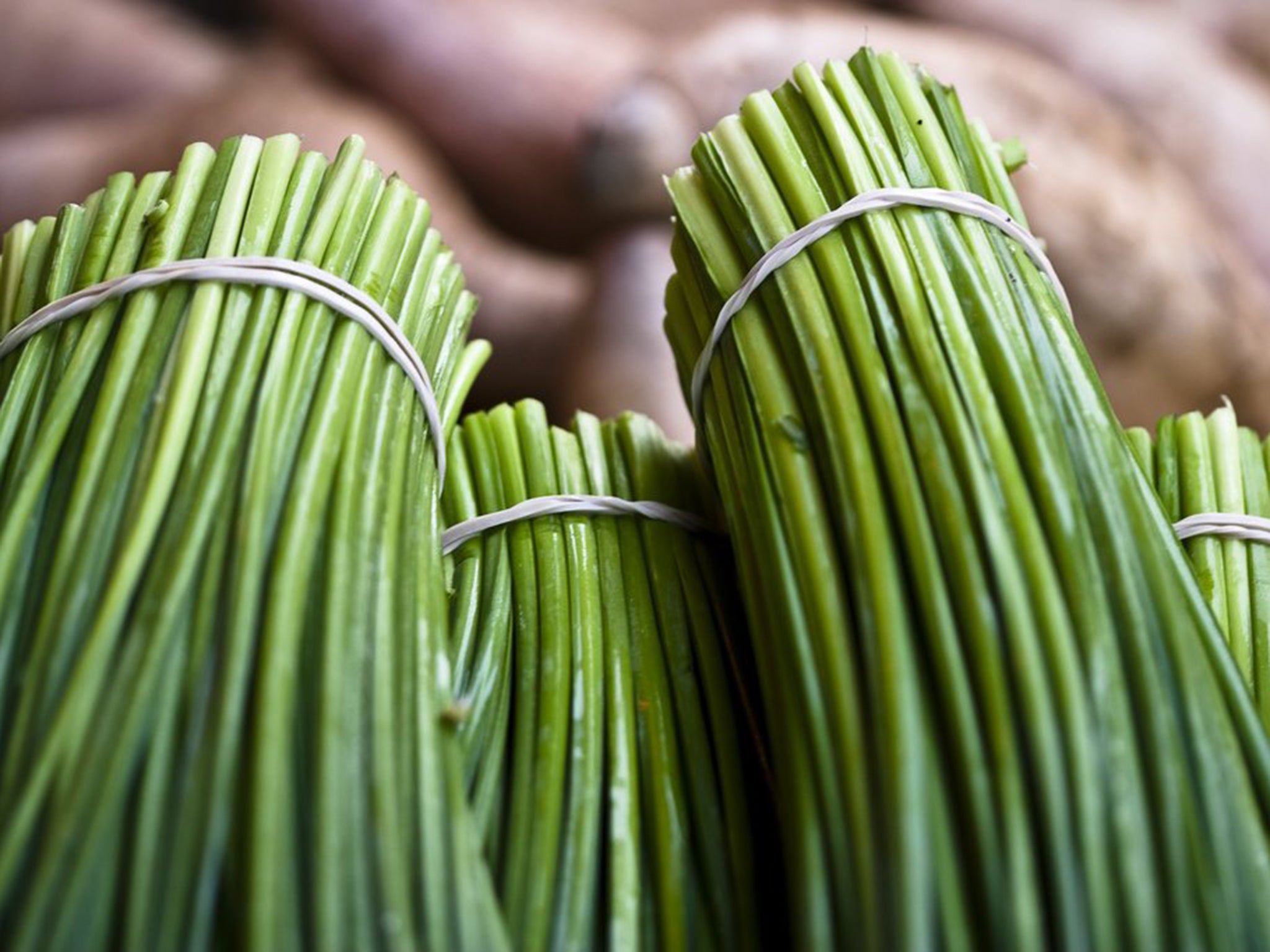
Crunchy chives belong to the onion, leeks, and garlic family, and are a tasty addition to baked potatoes and salads. They're rich in fiber, vitamins A, B6, C, and K, as well as folate, calcium, iron, magnesium, and potassium. And while endives have a similar name, they're more closely related to chicory than onions.
No. 9 and No. 7: Romaine and leaf lettuce
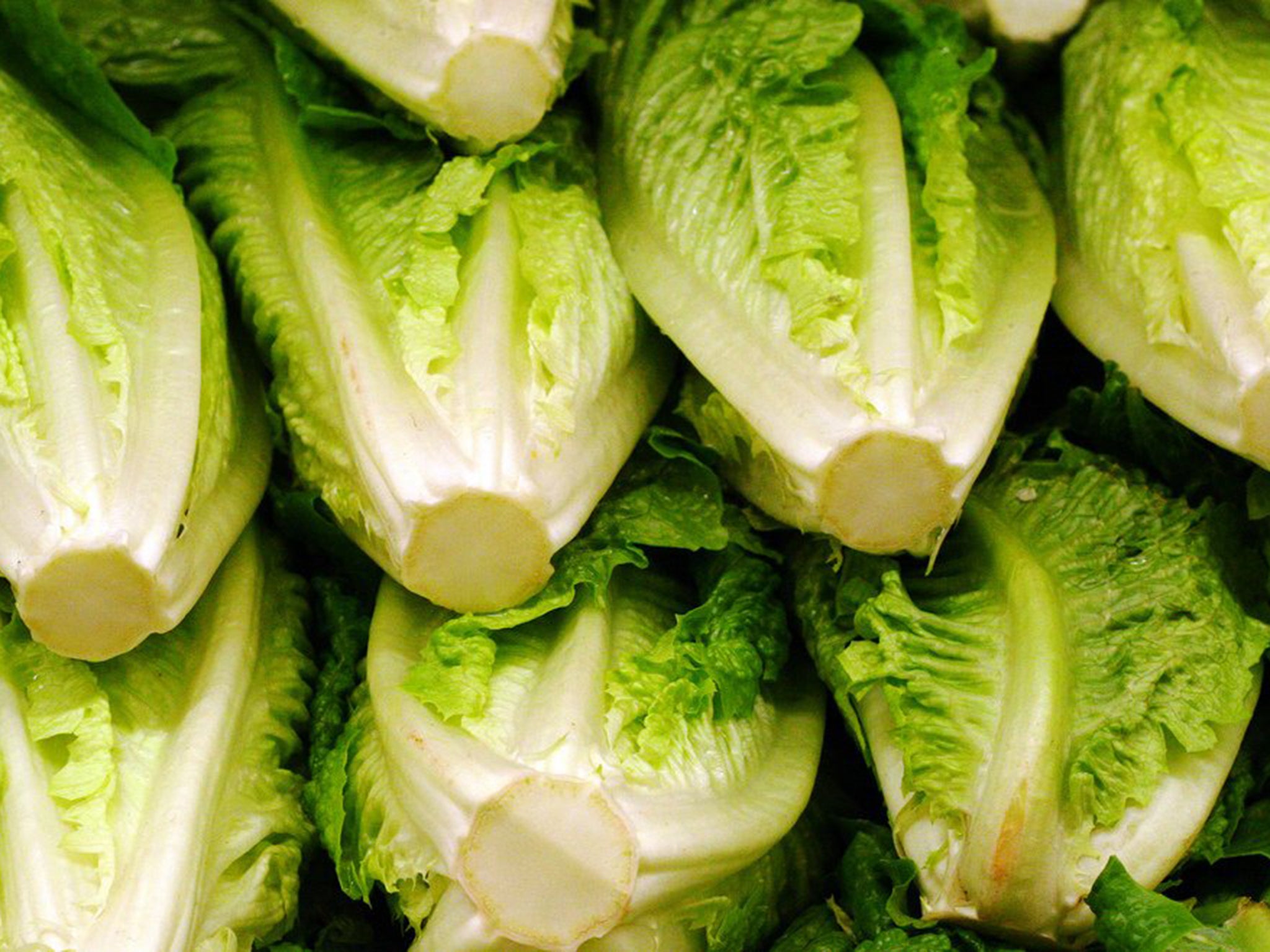
Romaine and leaf lettuces rank pretty high on the list of the CDC's "powerhouse" foods. So next time someone disparages a salad as "just lettuce," remind them how good for you these two crunchy, leafy greens are.
Both are very low in calories — just 8 per cup for romaine and 5 per cup for leaf lettuce — while being a good source of vitamins A, B6, C, and K, as well as calcium, magnesium, fiber, iron, and potassium.
No. 8 and No. 6: Parsley and chicory
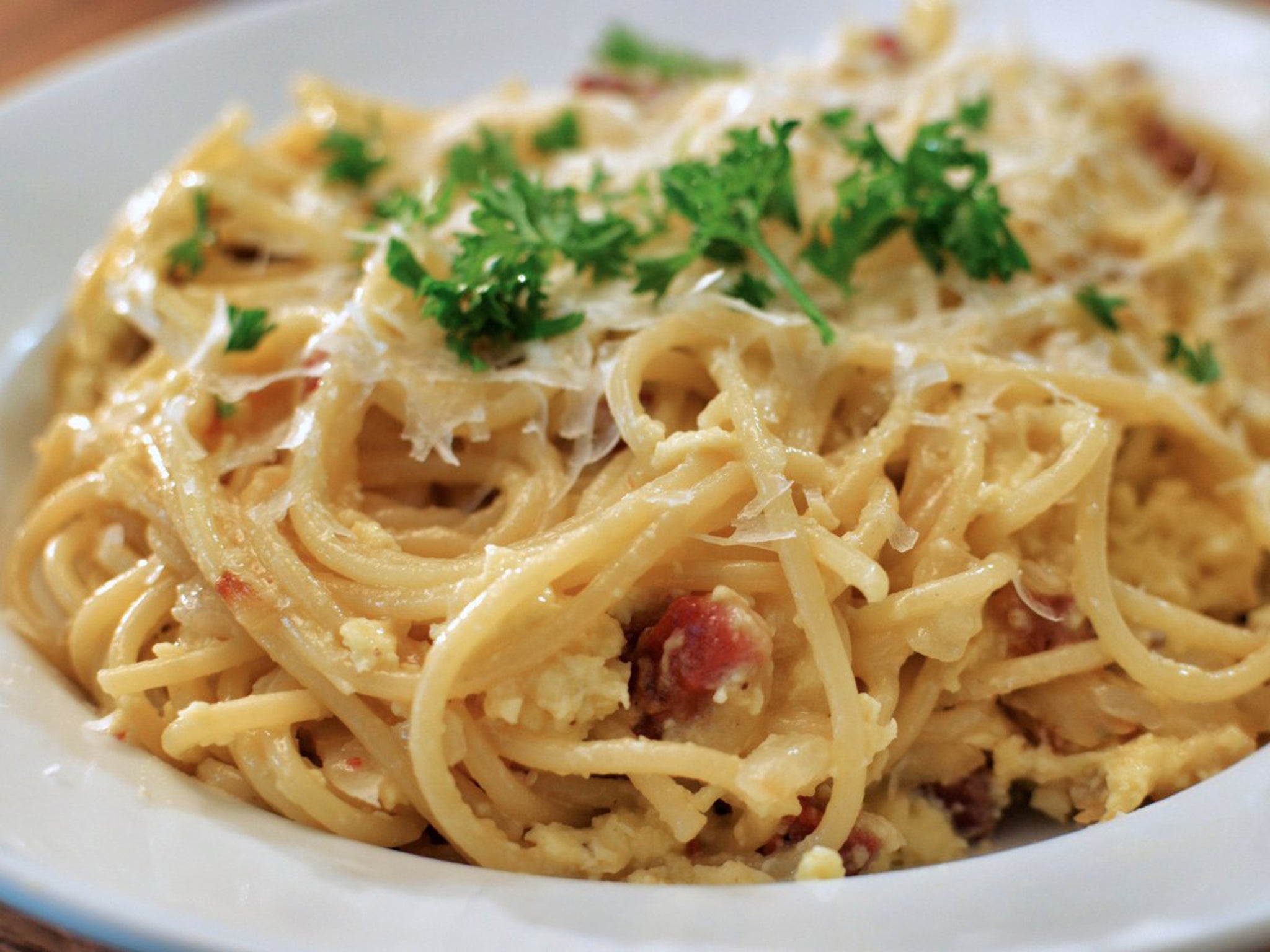
Parsley and chicory are flavorful additions to any food. Instead of adding salt to your next pasta dish, try one of these.
Both are good sources of fiber, vitamins, folate, and zinc and are super low-cal — just 22 for a cup of raw parsley and 7 (yes, 7) for a cup of raw chicory greens.
No. 5: Spinach
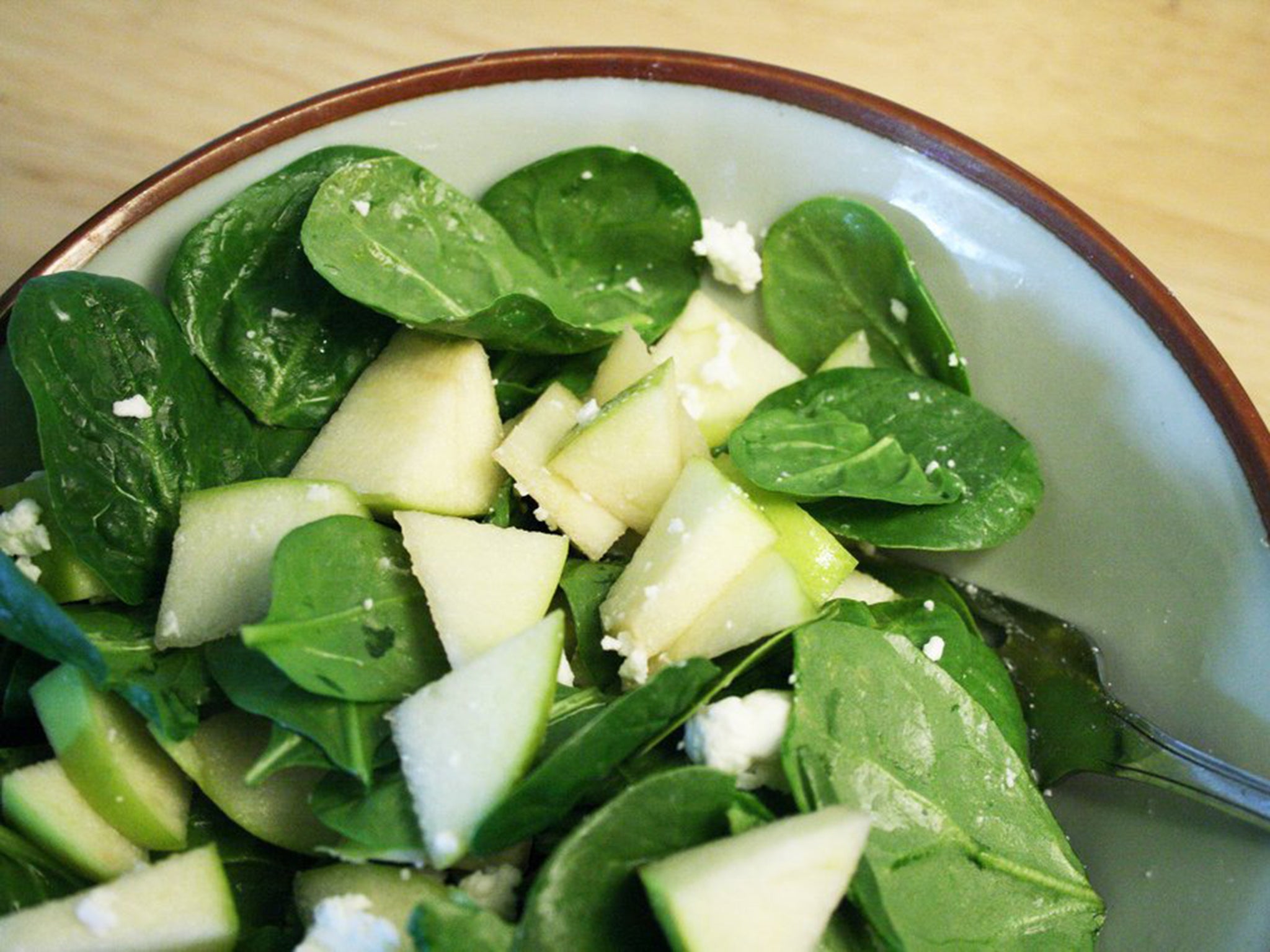
Leafy green spinach is delicious cooked or raw and is an excellent source of all the nutrients greens are famous for. It also contains several plant compounds, like kaempferol, which studies suggest plays a role in protecting against cancer and other chronic diseases.
Still not convinced? A 2011 study suggested that components in spinach helped cyclists use less oxygen over the course of the ride, and a 2014 study found that an amino acid in the green, called tyrosine, helped to improve reflex speed. Try it in a salad with green apples, goat cheese, and a drizzle of balsamic.
No. 3: Swiss chard
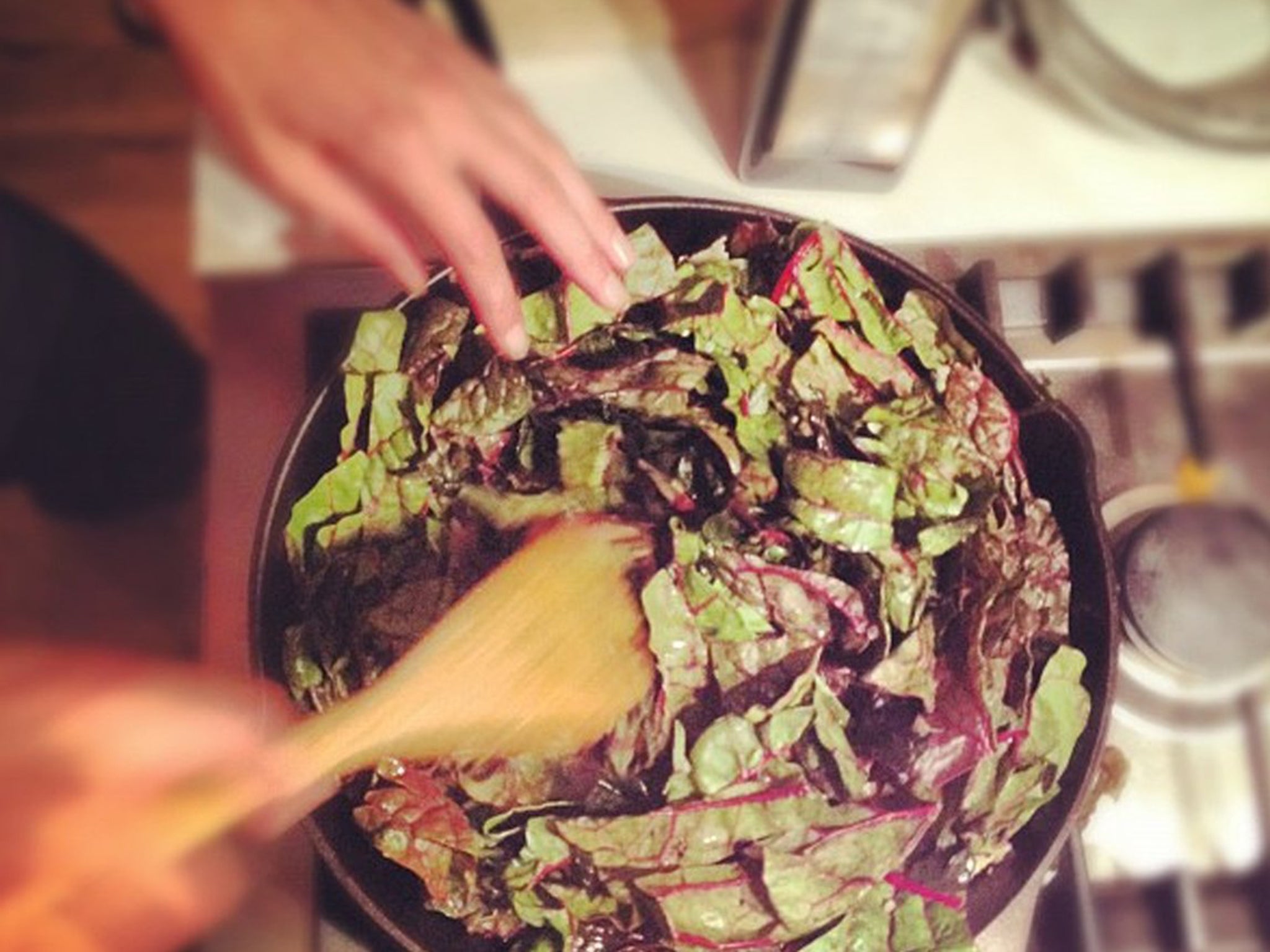
Like its leafy green cousins, Swiss chard is a great source of fiber, vitamins A, B6, C, E, K, fiber, calcium, iron, magnesium, and potassium. But it's also incredibly low-calorie, with just 7 calories per cup. Both its dark green leaves and juicy stalks are completely edible, so add this green to your next salad.
No. 1: Watercress
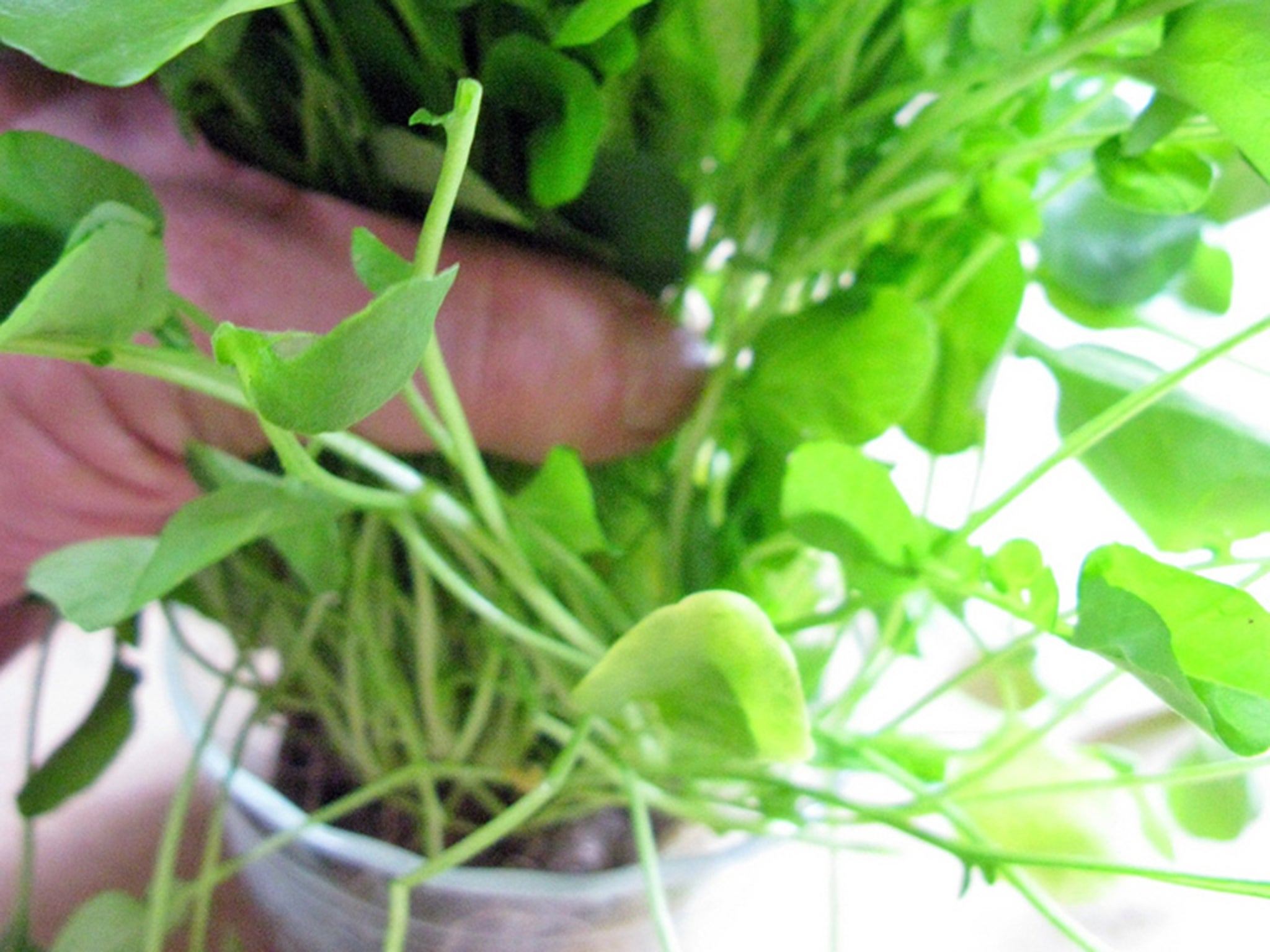
The number one winner on the CDC's powerhouse list was a green you've probably eaten without even knowing its name: Watercress.
This flavorful veggie is easy to add to salads and easy to grow yourself. Plus, a 2012 meta-analysis of five studies that involved more than 179,000 people found a lower risk ratio of developing type-2 diabetes in people who ate the most fruit and veggies compared to those who ate the least. The link was strongest for green leafy vegetables like watercress, and it got stronger the longer the study progressed.
Read more:
• Twitter won't stop breaking
• Bank of England hinting interest rates will stay low
• Apple could be testing tech 100x as fast as Wi-Fi
Read the original article on Business Insider UK. © 2015. Follow Business Insider UK on Twitter.
Join our commenting forum
Join thought-provoking conversations, follow other Independent readers and see their replies
Comments